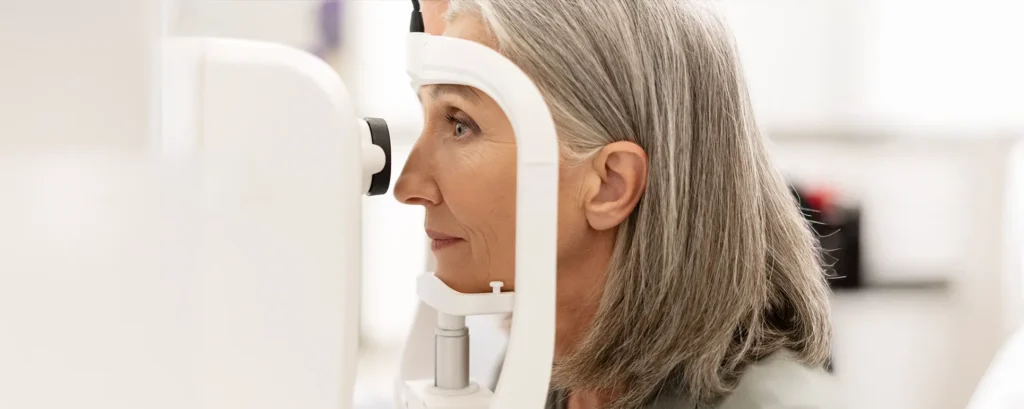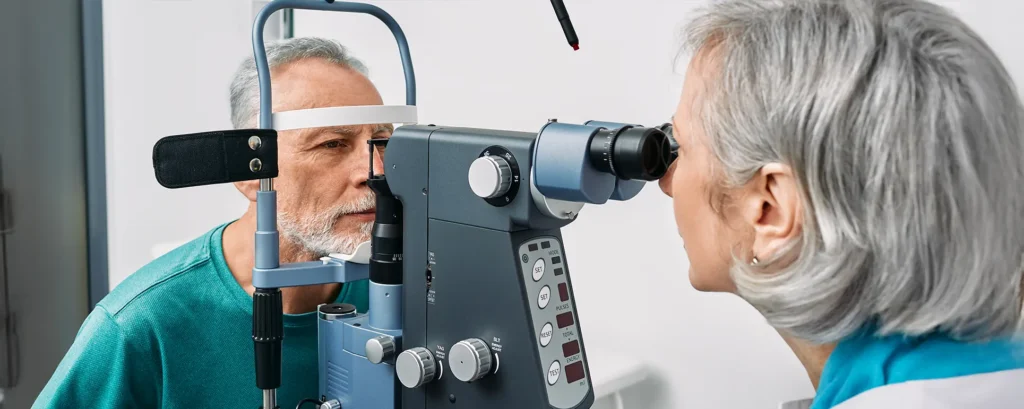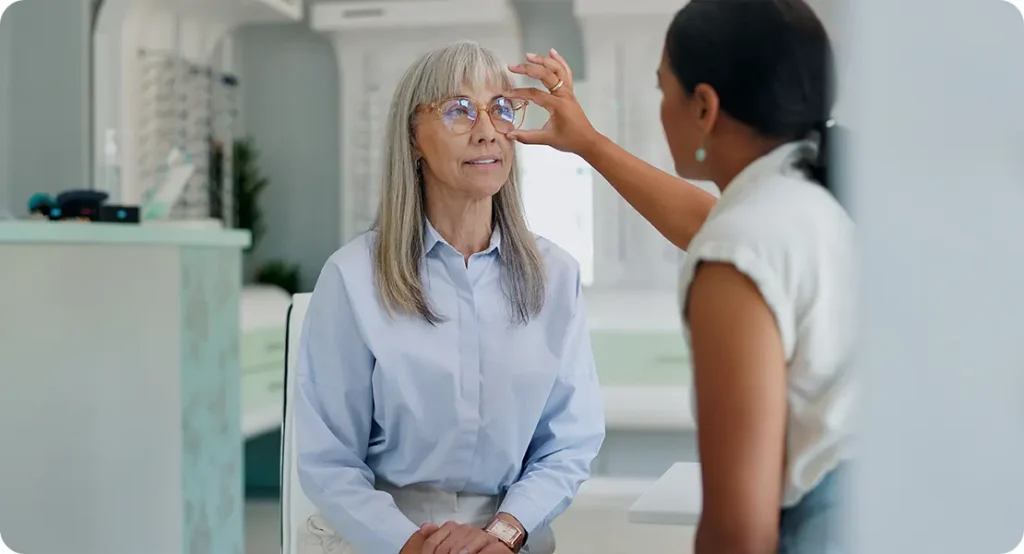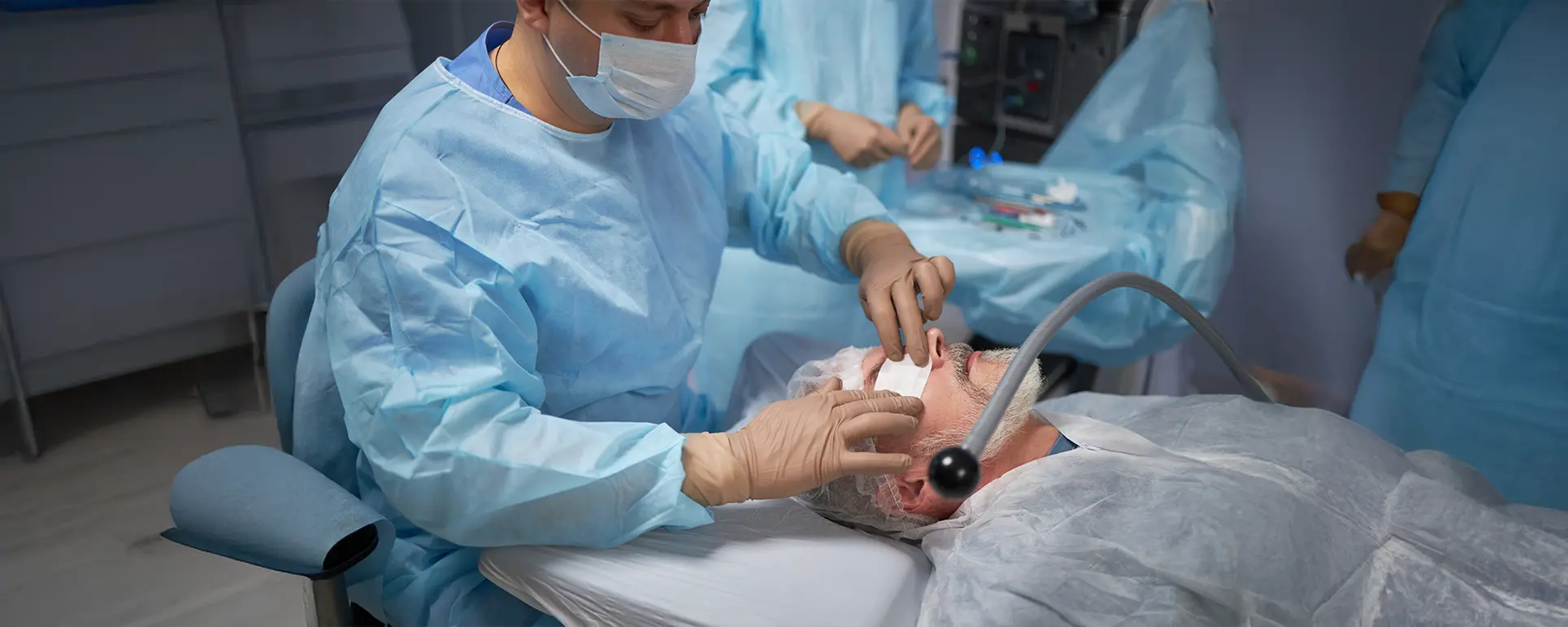If you’ve previously had toxoplasmosis affecting your eye, you might be wondering what happens if you now need cataract surgery. That’s a fair question — because cataracts are common, and many people with a history of eye inflammation face them earlier than expected. But toxoplasmosis adds a few twists to the typical cataract story. It can leave scarring at the back of the eye, sometimes near or on the macula, and inflammation may have changed the internal dynamics of your eye. All of that means your surgeon will approach your cataract surgery with extra care — and several key checks will be done before anything happens.
In this article, we’ll walk you through what those checks involve, what risks to be aware of, how outcomes can differ, and what to expect at each stage of your journey. You’re not alone in facing this — and with the right planning, cataract surgery after toxoplasmosis can still significantly improve your vision.
Understanding Ocular Toxoplasmosis: The Basics
Ocular toxoplasmosis is an infection of the eye caused by Toxoplasma gondii, a microscopic parasite. It usually reaches the eye through the bloodstream, often lying dormant after initial exposure and reactivating later. When active in the eye, it leads to inflammation — particularly of the retina and choroid — and can leave scar tissue behind. These scars, especially if located near the macula, can affect central vision.
Most people who’ve had ocular toxoplasmosis remember experiencing floaters, blurred vision, light sensitivity, or sometimes even pain during the flare-up. Steroid drops or oral medications may have been part of your treatment — and now, years later, a cataract may have formed either due to the inflammation itself or as a side effect of that steroid treatment.
It’s this combination — past inflammation, possible retinal damage, and a now-cloudy lens — that makes your case different from a straightforward cataract surgery.
Why Cataracts Form After Toxoplasmosis
If you’ve had toxoplasmosis before, you’re at a higher risk of developing cataracts — and usually earlier than people without eye inflammation in their history. That’s because intraocular inflammation can damage the lens and the structures around it. Plus, the use of corticosteroids — either as drops, oral tablets, or injections — can also trigger cataract development, especially posterior subcapsular cataracts which sit near the back of the lens and affect reading vision first.
Sometimes the cataract develops slowly, and other times it seems to worsen rapidly, especially if you’ve had repeated inflammation episodes or multiple rounds of steroid treatment. And because the cataract forms over a retina that may already be scarred, it’s not always clear how much vision will come back after surgery — until your surgeon looks deeper.
The Preoperative Assessment: More Than Just a Cataract Check

If you’ve previously had ocular toxoplasmosis, your cataract assessment will go far beyond just checking the lens. The back of your eye — particularly the macula and optic nerve — needs close scrutiny. Expect a full dilated examination and usually an OCT (Optical Coherence Tomography) scan to visualise any macular scarring. A fluorescein angiogram may be ordered too if the surgeon wants to assess blood vessel leakage or old chorioretinal lesions.
Sometimes, the cataract is so dense that it prevents proper visualisation of the retina. In those cases, your surgeon may need to rely on past scans — or cautiously proceed with surgery while managing expectations. It’s important to understand: cataract surgery will remove the cloudy lens, but it won’t reverse retinal damage. So the preoperative workup is all about predicting how much visual potential is left.
Risks to Be Aware Of: Reactivation and Inflammation
One of the key concerns when performing cataract surgery in someone with previous toxoplasmosis is the risk of reactivating inflammation. Surgery is, by nature, a controlled trauma — and in an eye that has seen prior infection, this can sometimes trigger unwanted immune responses. Your ophthalmologist may pre-treat with steroids or immunomodulatory drops before surgery and continue them after, to keep things calm.
Another concern is posterior synechiae — where past inflammation has caused the iris to stick to the lens — which can make pupil dilation tricky. In such cases, the surgeon may need to use pupil expansion devices during surgery. Zonular weakness (the tiny fibres holding the lens) may also be present if past inflammation affected the ciliary body, adding complexity to lens removal and IOL placement.
All of this means your surgery may take a little longer and involve more planning — but with an experienced surgeon, these issues can usually be managed effectively.
Customising the Surgical Approach
In cataract surgery after ocular toxoplasmosis, personalisation is key. Your surgeon might choose to:
- Use a capsular tension ring if zonules are weak
- Administer steroid injections during surgery to dampen inflammation
- Use iris hooks or expansion rings if the pupil doesn’t dilate
- Adjust the choice of intraocular lens (IOL) based on macular health and lifestyle
If your macula is scarred and central vision is unlikely to recover fully, your surgeon might suggest a monofocal lens targeted for near or intermediate tasks, rather than full distance correction. The aim is to give you useful, functional vision tailored to your remaining retinal capacity.
Visual Recovery: What Can You Expect?
The big question is: how much will your vision improve after surgery? The honest answer depends on the extent and location of retinal damage from toxoplasmosis. If the macula is unaffected or only mildly scarred, you may notice a dramatic improvement. On the other hand, if the scar is right on your central vision area, then the benefit of removing the cataract may be limited to better contrast or peripheral vision.
That’s why surgeons emphasise setting realistic expectations. Even a modest improvement in clarity and light sensitivity can make a significant difference to quality of life — especially when the cataract has become dense and visually disabling. Sometimes, even if vision doesn’t fully return, removing the cataract can improve your ability to undergo further retinal assessments or treatments, which can be valuable in itself.
Postoperative Care and Inflammation Monitoring

After surgery, the focus shifts to keeping the eye calm. You’ll be on a tailored steroid and antibiotic drop schedule, and your surgeon may want to see you more frequently than usual in the first few weeks. Signs of recurrent inflammation — floaters, hazy vision, or new discomfort — will be closely monitored.
Some surgeons opt to inject long-acting steroids at the time of surgery (like sub-Tenon triamcinolone) to reduce this risk. In cases where the patient is immunosuppressed or has had multiple flare-ups, systemic coordination with a medical retina specialist may be needed to ensure optimal outcomes.
Timing Surgery: Is There an Ideal Window?
Timing matters. Cataract surgery should ideally be done when the eye is quiet — meaning no active inflammation for at least three months, and preferably six. Your surgeon may check inflammatory markers or signs in your anterior chamber and vitreous before scheduling the date. Rushing into surgery during or soon after an inflammatory episode increases the risk of complications, including infection, macular oedema, and poor visual outcomes.
If you’ve recently had a flare, it’s worth waiting until things settle — even if the cataract is bothersome. Patience at this stage pays off later in smoother recovery and better vision.
When Vision Is Limited: Exploring Additional Options
If the retinal scarring from toxoplasmosis is severe and your central vision is unlikely to return, you might feel disappointed even after successful cataract removal. In such cases, low vision aids can be a game changer. Magnifiers, electronic reading devices, and contrast-enhancing glasses are just some of the tools that can help you adapt.
It’s also worth exploring support from visual rehabilitation services, which can offer mobility training, home adaptations, and psychological support — all of which can improve confidence and independence.

FAQ: Cataract Surgery After Toxoplasmosis
- Can I still have cataract surgery if I’ve had ocular toxoplasmosis?
Yes, you can still undergo cataract surgery after having ocular toxoplasmosis, but your case will require additional evaluation and planning. The surgeon must ensure there is no active inflammation and assess the extent of any retinal damage caused by past infections before proceeding. With careful monitoring and the right precautions, surgery can still provide visual improvement. - Will the surgery restore my vision completely?
That depends on whether the toxoplasmosis left scarring on your retina, particularly near the macula, which controls central vision. Cataract surgery can remove the cloudy lens, but it cannot undo any retinal damage. Some people experience a dramatic improvement, while others may only notice modest gains — particularly in contrast or peripheral vision. - Is there a risk that toxoplasmosis could come back after surgery?
There is a small risk of reactivation, especially if the eye becomes inflamed during or after surgery. To reduce this chance, your eye surgeon may prescribe anti-inflammatory or steroid medication before and after the procedure. Regular follow-up visits will help detect and manage any signs of recurrence early. - What if the cataract is so dense the retina can’t be seen?
If the cataract prevents a clear view of the retina, your surgeon may use previous retinal imaging (like OCT scans) to guide the surgical decision. In some cases, they may proceed cautiously with surgery, understanding that a full retinal assessment can only be done after the lens is removed. - Will I need special medications before or after surgery?
Yes, you’ll likely be prescribed a course of steroid and antibiotic eye drops to reduce inflammation and prevent infection. Some patients also receive oral medications or injections to help stabilise the eye if there’s a history of severe inflammation or reactivation risk. - Can cataract surgery be done under local anaesthetic in these cases?
Yes, most cataract surgeries — including those for patients with a history of toxoplasmosis — are safely performed under local anaesthetic. If necessary, your surgeon may offer light sedation to keep you comfortable during the procedure. - What happens if my pupil won’t dilate properly because of past inflammation?
If the pupil does not dilate adequately, your surgeon can use small instruments like iris hooks or a pupil expansion ring during surgery. These tools help create enough space for the operation to be performed safely and effectively. - How do surgeons decide which intraocular lens to use?
The choice of lens depends on your retinal health and visual goals. If your central vision is unlikely to recover fully, a monofocal lens targeted for reading or intermediate tasks may be recommended. Your surgeon will discuss the best option for your specific needs. - How quickly will I notice a difference in my vision?
Most patients start noticing improvements within a few days, but the full benefit may take weeks, particularly if inflammation needs to be controlled. If retinal scarring limits your visual potential, improvement may be more subtle, though clarity and light sensitivity often still get better. - Should I choose a specialist for this kind of cataract surgery?
Yes, seeing a cataract surgeon who has experience with inflammatory or complex eye conditions is essential. They will understand the nuances of operating on an eye that has had toxoplasmosis and can tailor the surgery to minimise risk and maximise visual benefit.
Final Thoughts: Be Informed, Be Involved
Having had toxoplasmosis doesn’t mean you can’t have cataract surgery — but it does mean your journey will be a little different. The scarring, inflammation risks, and retinal damage need to be carefully considered. Your surgeon isn’t just looking at the lens — they’re evaluating the entire eye ecosystem, from cornea to retina.
At London Cataract Centre, we regularly manage patients with complex histories like ocular toxoplasmosis. Our team combines advanced imaging, tailored surgical techniques, and close postoperative care to give you the safest possible outcome.
If you’ve had toxoplasmosis and are now struggling with blurry vision, don’t wait. Book an assessment so we can give you a clearer picture of your eye health — and help you plan your next steps with confidence.
References
Bosch-Driessen, L.H., Plaisier, M.B., Stilma, J.S., van der Lelij, A. & Rothova, A., 2002.
Reactivations of ocular toxoplasmosis after cataract extraction. Ophthalmology, 109(1), pp.41–45.
Available at: https://pubmed.ncbi.nlm.nih.gov/11772577/
2. Holland, G.N., 2004.
Ocular toxoplasmosis: a global reassessment. Part II: disease manifestations and management. American Journal of Ophthalmology, 137(1), pp.1–17.
Available at: https://link.springer.com/chapter/10.1007/978-3-540-30798-3_9 (SpringerLink)
3. Soheilian, M. et al., 2011.
Intravitreal clindamycin and dexamethasone versus pyrimethamine–sulfadiazine–prednisolone in the treatment of ocular toxoplasmosis. Ophthalmology, 118(1), pp.134–141.
Available at: https://www.scielo.br/j/rsbmt/a/Hk5ZN34qgDx8sn85TjGLCkb/ (SciELO version with DOI link)
4. Salam, H., 2022.
New insights into cataract surgery in uveitic eyes. Indian Journal of Ophthalmology, 70(6), pp.1750–1758.
Available at: https://www.ncbi.nlm.nih.gov/pmc/articles/PMC9535913/ (PMC repository)
5. American Academy of Ophthalmology, 2014.
Special considerations in cataract surgery for uveitis. EyeNet Magazine (AAO).
Available at: https://www.aao.org/eyenet/article/special-considerations-in-cataract-surgery-uveitis

